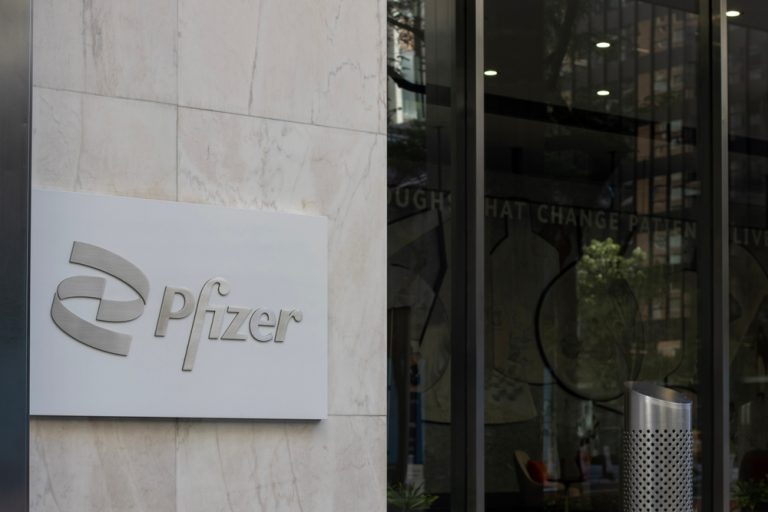In a recent gathering that drew crowds to a Philadelphia ballroom, the American Heart Association meeting unveiled striking results about Wegovy, a novel weight-loss drug. The fervor reminiscent of the reception of cholesterol-reducing statins, Wegovy, alongside its relative Ozempic, is making waves. These drugs belong to the semaglutides class, known for slowing digestion and curbing appetite by mimicking natural hormones.
The buzz is not without merit. Wegovy has been linked to a significant 15-20% weight loss in obese individuals and touts a commendable 20% reduction in the risk of fatal heart attacks or strokes. This has led to an astonishing 300% spike in semaglutide prescriptions in the U.S. since 2020. The medications, which cost between $300 and $1,300 per month, are projected to be a staple for approximately 48 million Americans by 2030 as per Bank of America forecasts.
Semaglutides have transcended their initial target demographic. Originally intended for overweight or diabetic patients, they are now sought after by celebrities and individuals seeking preventive measures against diabetes and weight gain. The ripple effect of this demand is far-reaching, prompting companies like WeightWatchers to integrate telemedicine into their services for easier access to these drugs.
The pharmaceutical landscape is rapidly evolving in response to the semaglutide phenomenon. Market leaders such as Novo Nordisk and Eli Lilly have witnessed their valuations soar. In contrast, Pfizer and Moderna, without equivalent offerings, are feeling the financial strain with falling share prices.
The impact of these drugs has extended into other sectors as well. Following Novo Nordisk’s announcement of Ozempic’s efficacy against kidney disease, shares in dialysis services saw a downturn. Moreover, there’s speculation that the prevalence of semaglutides could shrink the cardiovascular disease market by 10% come 2050, with a domino effect on related healthcare industries.
Consumer habits are shifting too. The appetite suppression effect of semaglutides has companies like Krispy Kreme and Walmart noticing a dip in sales as customers on these medications reduce their intake of groceries and sweet treats. This trend has pushed beverage giant Coca-Cola to highlight its low and no-calorie options.
The U.S. healthcare system is at a crossroads with the advent of semaglutides. The cost-benefit analysis is complex, with obesity adding approximately $1,861 to annual healthcare costs per American. The consideration of whether Medicare should cover weight-loss drugs adds another layer to the financial deliberations. Insurers are caught between the high costs associated with obesity and the potential expense of widespread semaglutide usage.
Despite the promise of these “miracle drugs,” the long-term health consequences remain a mystery. Furthermore, these drugs do not tackle the root causes of American obesity, such as flawed food subsidies or lifestyle choices that discourage physical activity.
The “Ozempic effect” is reshaping not just waistlines but also the economic and healthcare landscapes. The story of semaglutides is unfolding as a potent narrative of medical advancement, market disruption, and societal change.























+ There are no comments
Add yours